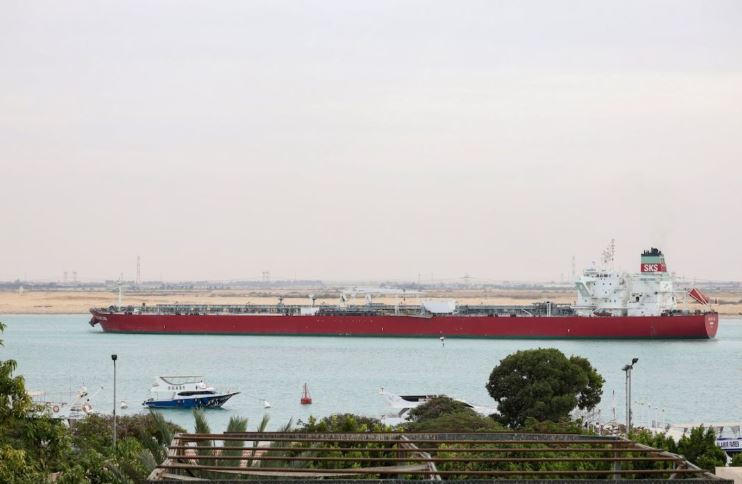Physical Address
60 Ekwema Cres, Layout 460281, Imo
Physical Address
60 Ekwema Cres, Layout 460281, Imo

Red Sea cable repair progress: Finally, the three subsea telecommunications cables that were damaged in the Red Sea in February have been repaired. This is ongoing despite the ongoing militant attacks.
The cables were previously destroyed by the anchor of a cargo ship sunk by Houthi militants in late February.
However, repair efforts faced delays due to the challenging access to Yemen’s waters, complicated by the country’s divided governance and the Red Sea being a conflict zone.

Months of negotiations involving the cable operators and Yemen’s two governing factions were necessary to initiate repairs.
The Red Sea cable was repaired by a ship owned by E-Marine, a subsidiary of Abu Dhabi-based Emirates Telecommunications Group.
The cable became operational this week, a Yemeni government official said. The same ship, Niwa, remains in Yemeni waters to repair the remaining two cables, Seacom and EIG.
The downtime of these cables forced carriers to reroute data traffic, incurring significant costs. The incident underscored the vulnerability of subsea infrastructure and the difficulties of conducting repairs in conflict zones.
Also Read: Seacom Launches a Satellite Service after a Subsea Cable disruption
Houthi militants have intensified attacks on ships in the area, affecting global shipping routes and raising security concerns for underwater cables.
Roderick Beck, a consultant who sources network capacity on subsea cables for telecommunications clients, expressed the impact the downtime had on his job. He said, “These are some of the biggest data highways connecting Europe, the Middle East, India, and Asia.”
“The downtime has forced carriers to completely reroute traffic by building new digital highways stitched together using new cables at considerable expense and working around the clock.”
The consortium operating the AAE-1 cable, which includes Emirates Telecommunications Group, Telecom Egypt, and Saudi Arabia’s Mobily, had initially struggled to get a permit from the internationally recognized Yemeni government because of a dispute over one of the consortium’s members, TeleYemen.
The government approved permits for the other two cables in May but refused AAE-1 and launched a criminal investigation into TeleYemen’s alleged ties to the Houthi militia.
However, the AAE-1 cable is now repaired, but how the permit was obtained remains unclear.